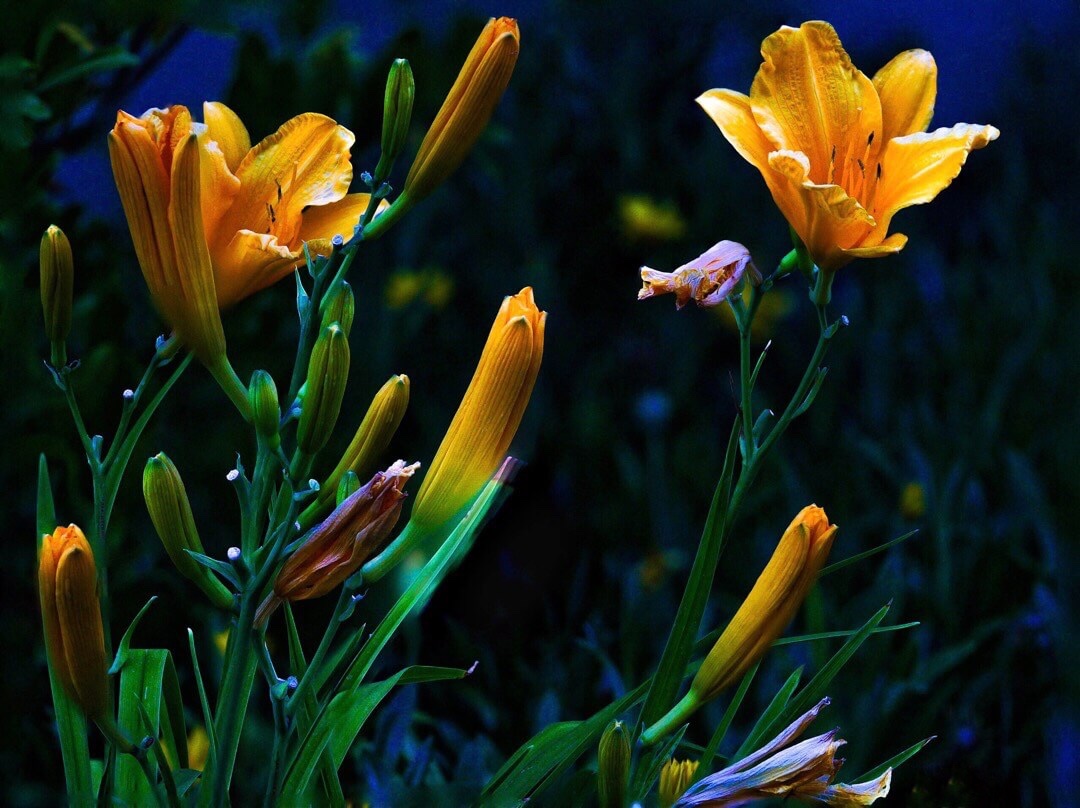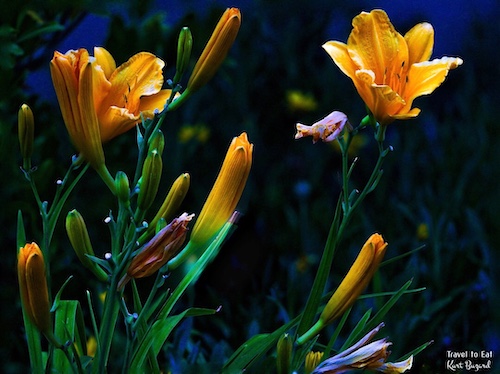
Since photography is a large part of this website I thought I would write some posts on the equipment and techniques I use to create these photos. Getting photos in sharp focus is one of the most important aspects of photography. Unfortunately, the laws of physics do not always allow all parts of the image to be in focus at the same time. This is especially true in close up (macro) photography in which we take photos of small objects like insects or flowers. Focus stacking is a technique to get the whole photograph in focus. This technique is capable of producing remarkable images, like the one above, that could not have been created in any other way. It is another valuable tool for photographers striving to create that “perfect” image.
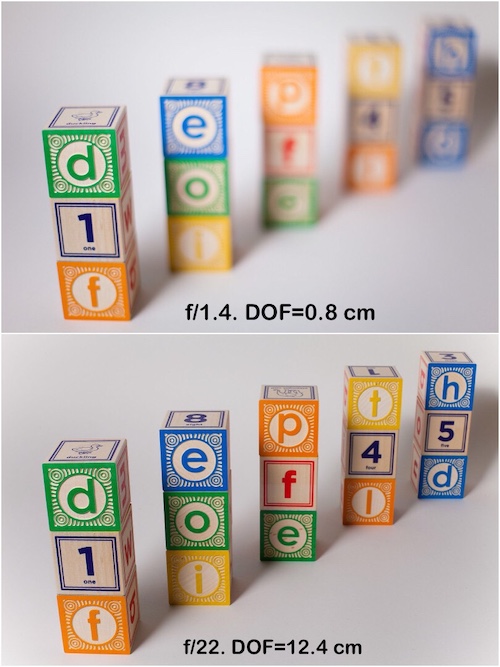

The depth of field does not abruptly change from sharp to unsharp, but instead occurs as a gradual transition. In fact, everything immediately in front of or in back of the focusing distance begins to lose sharpness, even if this is not perceived by our eyes or by the resolution of the camera. In photography, the circle of confusion (CoC) is used to determine the depth of field, the part of an image that is acceptably sharp. A standard value of CoC is often associated with each image format, but the most appropriate value depends on visual acuity, viewing conditions, and the amount of enlargement. That enlargement issue comes as we enlarge the photo or when we enlarge the subject with a macro lens. This sharpness issue can be helped by a small aperture (large f stop) but for macro photography it is still a major problem.
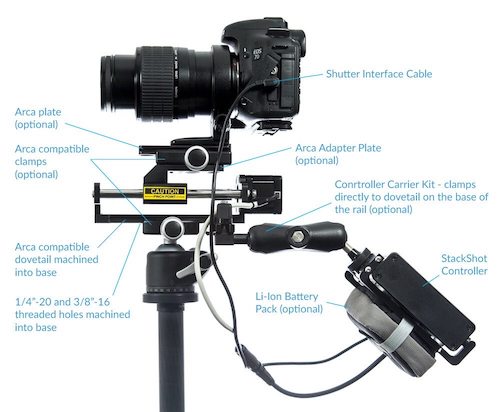
The standard mechanical technique to overcome the limits of macro photography depth of field is to mount the camera on a rail that moves incrementally to change the focus. An example of this mechanical system is shown above. Mechanical solutions are so 19th century and fortunately Panasonic has given us a compact and excellent alternative.
Focus Stack Examples
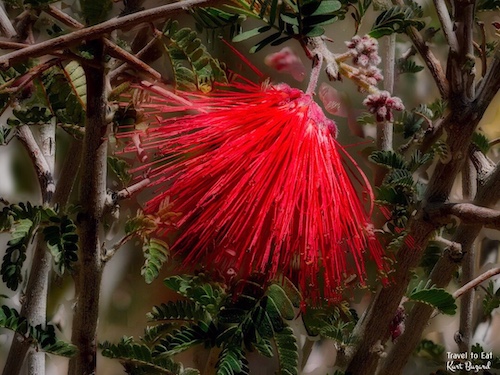
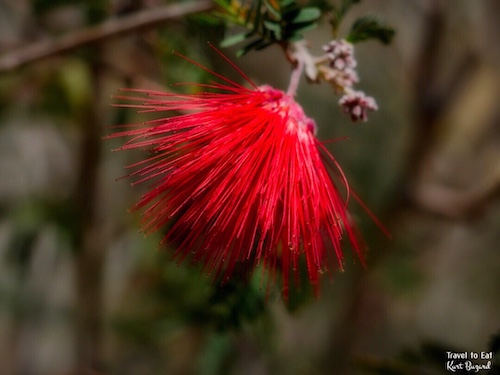
In 2016 Panasonic introduced post-focus and focus stacking in it’s Lumix cameras. This is really a revolutionary development that makes focus stacking affordable, portable and available to the many more photographers. In the photograph of a Baja Fairy Duster seen above, you see that with a single photo, only the flower is in focus while the focus stacking photo above it shows the leaves and detail in the background.
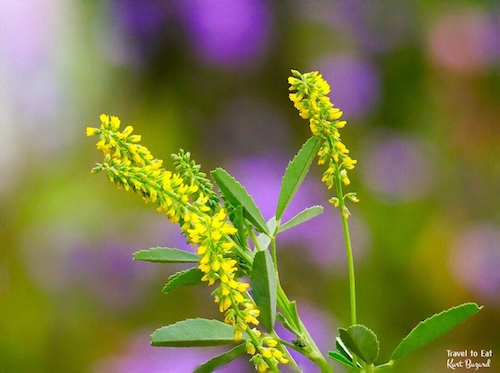
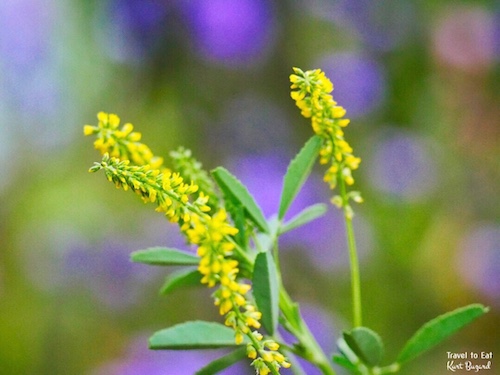
In this closeup of Melilotus indicus all of the flowers and leaves are in perfect focus in the top focus stacked image while only a few of the front flowers are in focus in the bottom single image.
Tips and Tricks
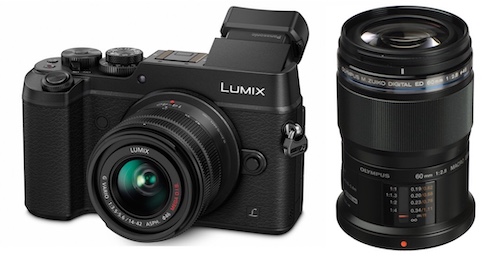
My equipment is the Lumix GX8 and the Olympus 60mm f/2.8 Macro Lens. To create these photos on the Lumix GX8, you switch on post-focus in the camera menu. The GX8 did not originally ship with post focus capability but it can be added by going to the Panasonic update page listed below. Most macro photography is done with a tripod and this is particularly important for focus stacking since it takes about a second to acquire the set of photos for the stack. The camera can be handheld for larger objects but for typical tiny flowers and bugs a tripod is almost mandatory. I have found that wind is also a significant problem and the use of a reflector or even a piece of cardboard to act as a windscreen can be very helpful. When you press the shutter you will get a 4K video file to record the bracket, so it can shoot 30 frames in a second providing 30 different focus points in just one second of burst/footage. Also if you touch the screen, the camera will save an 8mb jpeg taken from the 4K footage, focused at that point. Don’t bother saving stills, it is the video we will be processing.
Processing the Video
I have included an excellent YouTube video that goes over the processing steps but I thought I would just review them here. Newer Lumix cameras such as the GX80/85 and the GH5 have the option to process in camera but I have some concerns that processing in camera would be more time consuming and less precise. So here are the steps:
- Import the video file into Photoshop. Use the video editing tools to crop the video to when the nearest object is in focus to when the farthest object is in focus.
- Export the video using “File/Export/Render Video”. Choose an empty folder to send the individual frames to.
- Select all the frames and import using “File/Automate/Photomerge”. Uncheck the option “blend files together”. Choose all the exported files and import. This step aligns each frame with the others.
- Select all the imported layers and go to Edit/Auto Blend Layers. Choose the bottom option “merge layers by content”. The computer will churn for a while and you will see the final image.
As an aside, if you flatten the image prior to export, you will avoid saving all the layers.
Problems
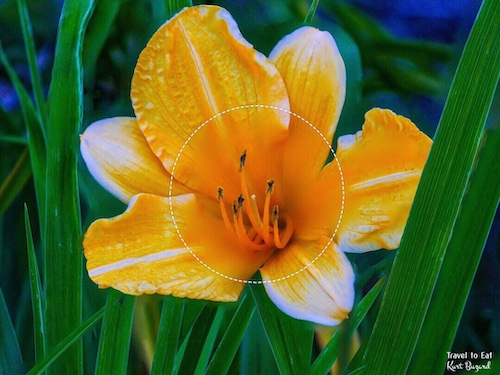
Photoshop is an excellent program but just as HDR (High Dynamic Range) can be done in Photoshop and even Lightroom, the results are better with a dedicated program. In the photo above, the center of the flower goes out of focus which is a common problem with more complex scenes. The stamens appear in focus while the petals below are blurred. Some subjects simply stack better than others because of the complexity that you are asking the stack to merge into one. Objects with many thin low contrast overlapping elements such as hairs or branches are high complexity subjects that are often tricky to stack on a first pass and benefit from extra focus stack retouching or substack slabbing, whereas smoother, planar objects such as small pebbles, shells and electronics components do tend to be easier to stack successfully. There are two main commercial vendors of focus stacking software: Zerene Stacker and Helicon Focus. Both give superb results in the right hands, although the focus stacking software of choice does tend to be Zerene Stacker for photographers interested in quality rather than speed.
More Examples

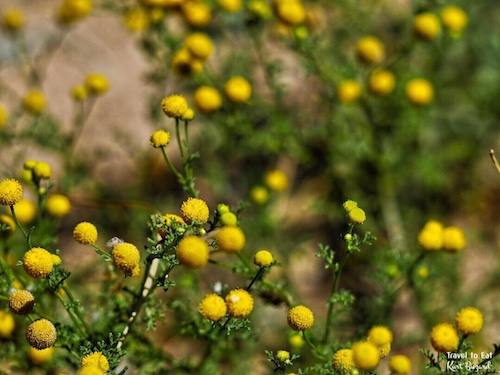
In this image of Matricaria discoidea you can see a dramatic difference between the focus stacked image (top) and a single macro photo (bottom). You can barely identify any leaves in the single photo and only one or two flowers are in focus.
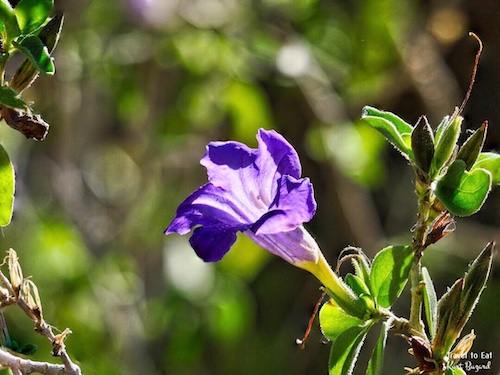
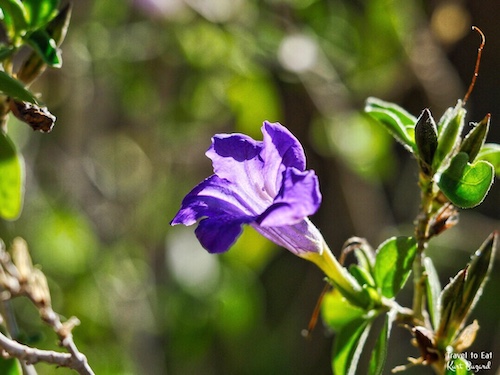
In these photos of Ruellia humilis, the differences between photo stacked and single image are more subtle, reflected primarily in the clarity of the leaves.
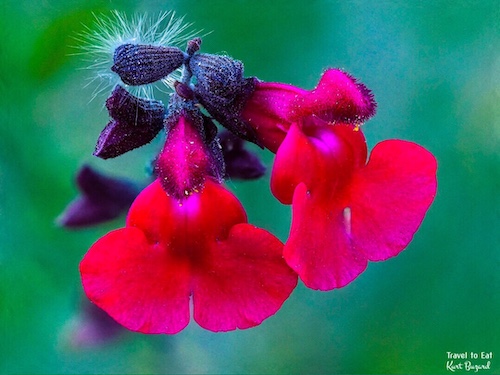
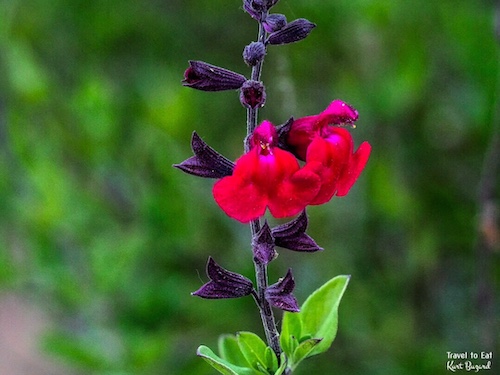
I hope these images will inspire the creative juices of macro photographers and I hope the instructions are clear enough. Don’t hesitate to leave a comment if you have any questions.
References:
Wikipedia Circle of Confusion: https://en.m.wikipedia.org/wiki/Circle_of_confusion
Macro Focus Stacking: http://extreme-macro.co.uk/focus-stacking/
Stackshot: https://www.cognisys-inc.com/how-to/stackshot/focus_stack_how_to.php
Panasonic Software Updates: http://av.jpn.support.panasonic.com/support/global/cs/dsc/download/fts/
Focus Stacking in Photoshop: http://youtu.be/6wFRy8VQKuQ
Zerene Stacking Software: http://zerenesystems.com/cms/home
Sent from my iPad

